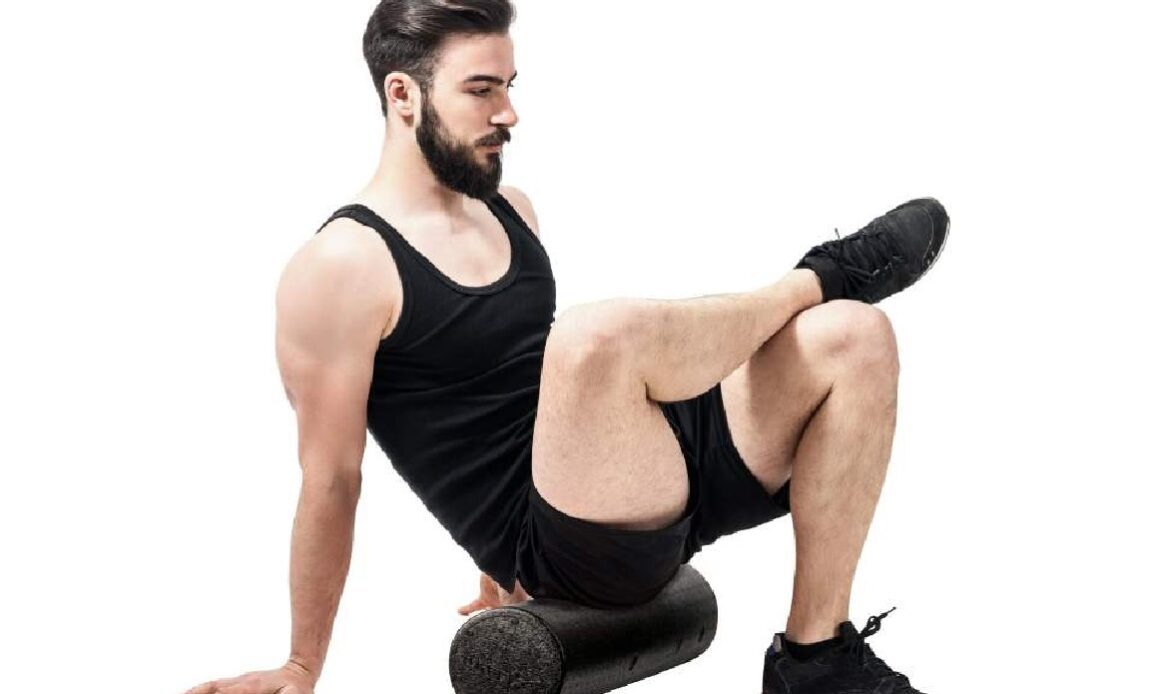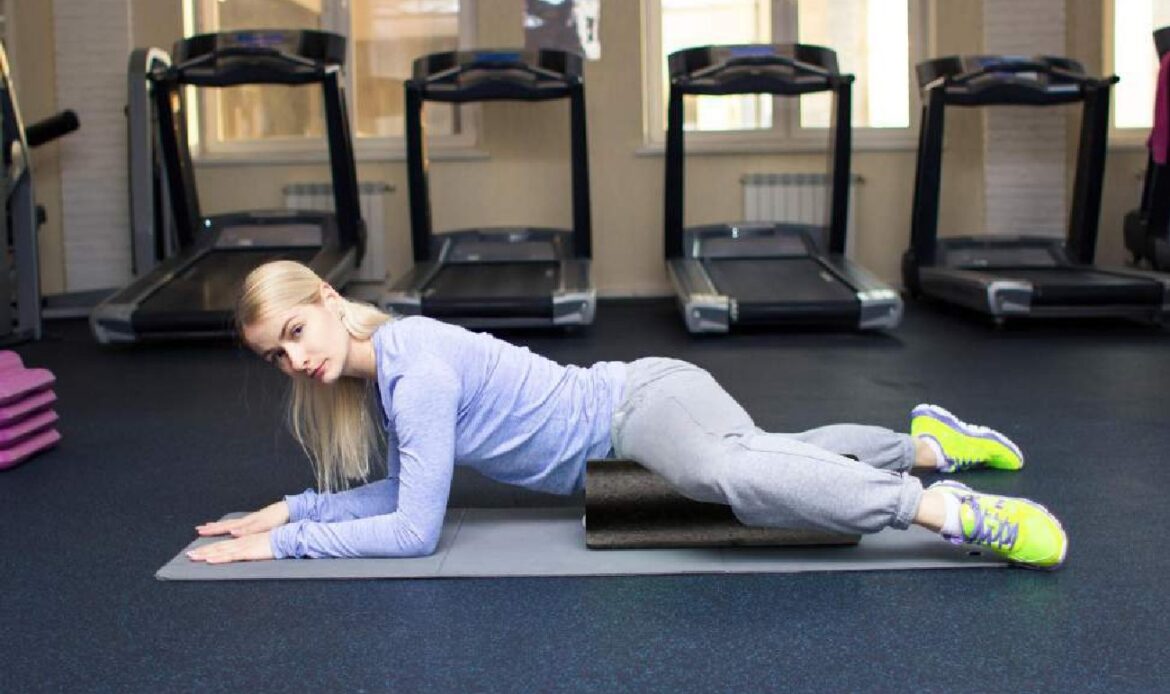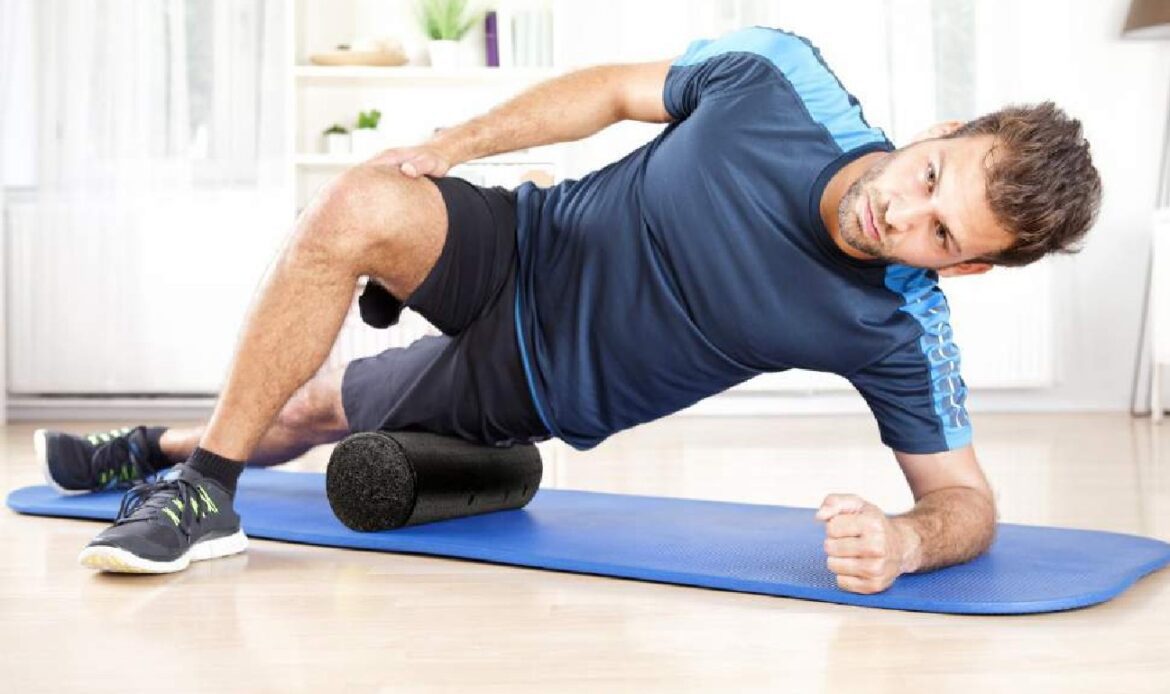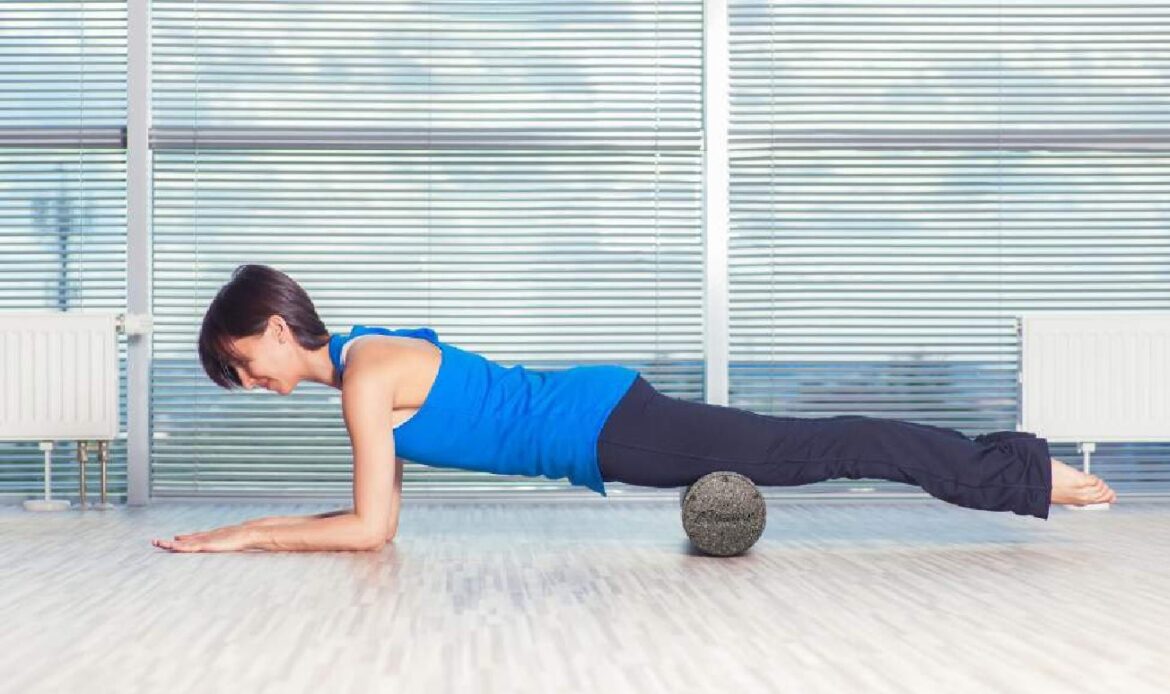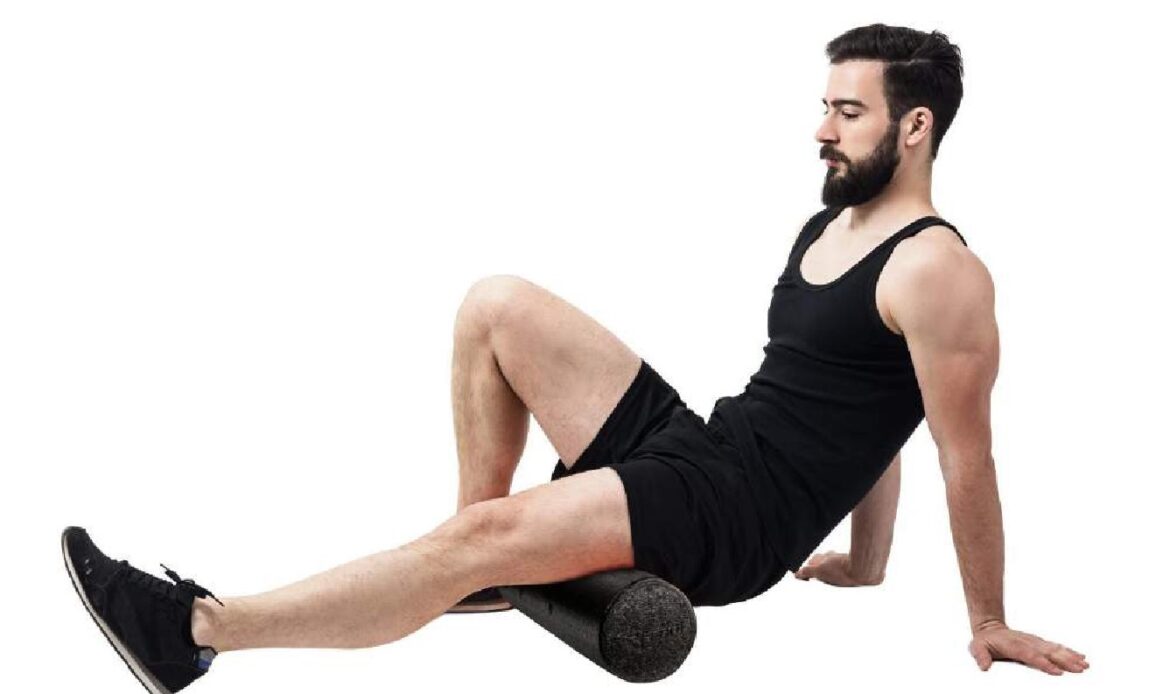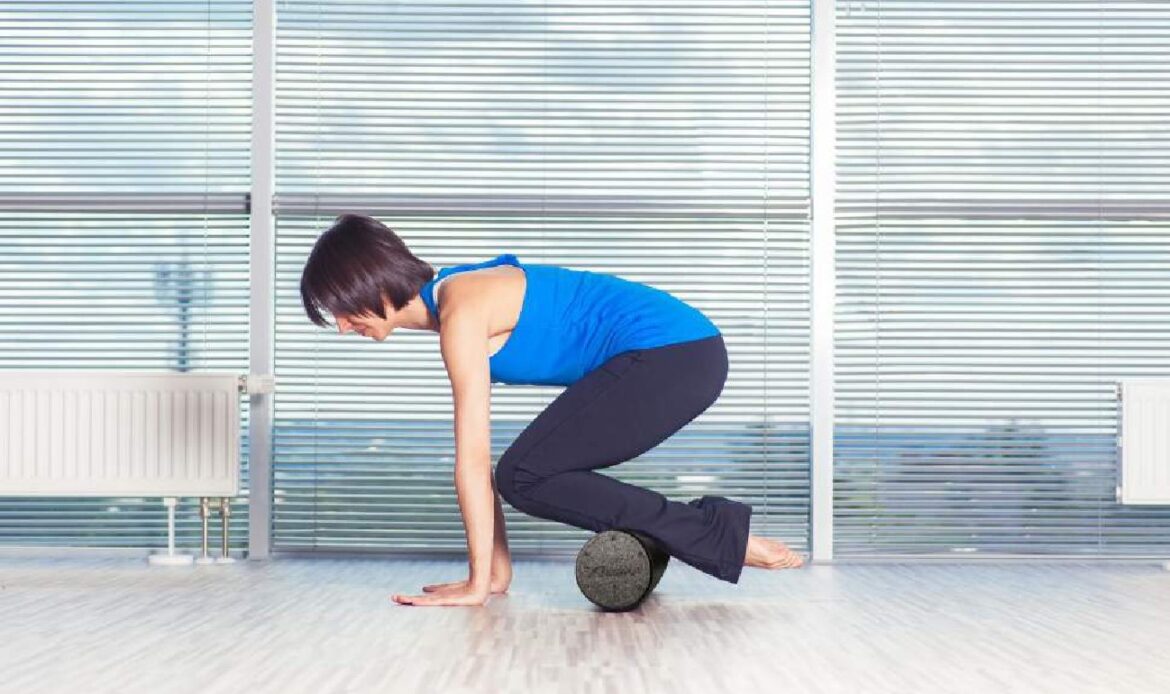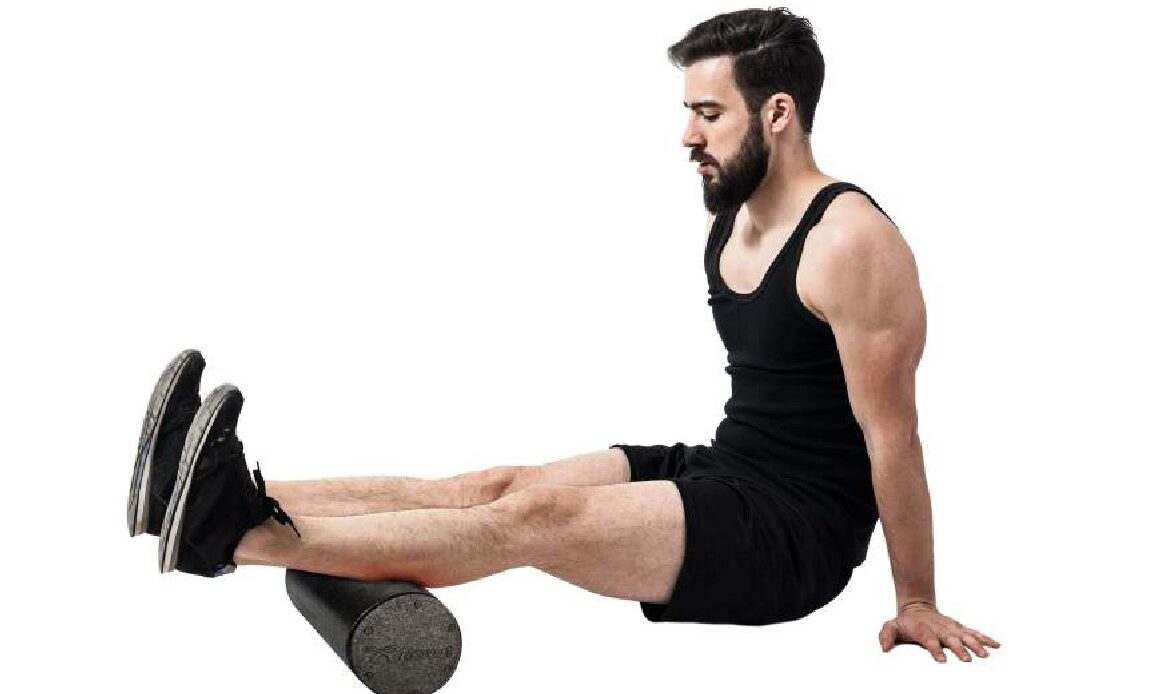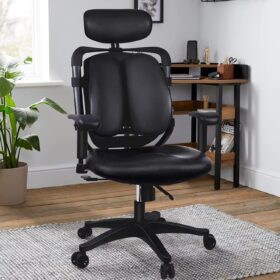info[@]physioproductskenya.com
Call/WhatsApp +254706696685
Kenya's Most Trusted Online Physio Store!
Kenya's Most Trusted Online Physio Store!
- Home
- Online Consultation
- Support and Braces
- Ankle Supports & Braces
- Back Supports & Braces
- Knee Supports & Braces
- Abdominal/Waist & Rib Supports
- Thumb, Wrist & Hand Supports
- Neck Supports & Braces
- Arm & Elbow Supports
- Shoulder & Clavicle Supports
- Calf & Shin Supports
- Hernia & Groin Supports
- Hamstring & Thigh Supports
- Knee Osteoarthritis Series/Braces
- Posture correctors & Pregnancy Support belts
- Physiotherapy & Rehab
- Walking Braces & Splints
- Resistance Bands, Loops & Tubes
- Swiss Balls & Gym Balls
- Wobble Boards and Cushions
- Foam Rollers & Massage Rollers
- How to do Foam Rolling
- Massage Balls & Sticks
- Back Pain Relief
- Neck Pain Relief
- Muscle Stimulators and TENS Machines
- Hand Therapy
- Physio Clinic Practice Supplies
- Joint, Muscle & Stockings
- Hot and Cold Therapy
- Foot Care & Walking Aids
- Taping and First-Aid
- Sleep & Sitting & Back Pain
- Fitness & Gym Equipment
- Paediatric Braces & Walking Aids
- Pain Relief & Supplements
- Pain Gels & Sprays
- Energy Gels & Drinks
- Pain Patches & Period Pain
- Eye Pain & Head Pain Cold Masks
- Joint, Arthritis & Muscle Supplements
- Pre-Workout & Electrolytes
- Intra Workouts & Endurance
- Weight Loss Supplements
- Whey Protein & Recovery/Post Workout
- Multivitamins & Heart Health
- Kids & Teenagers Supplement
- Men & Women's Health
- Injury Help



